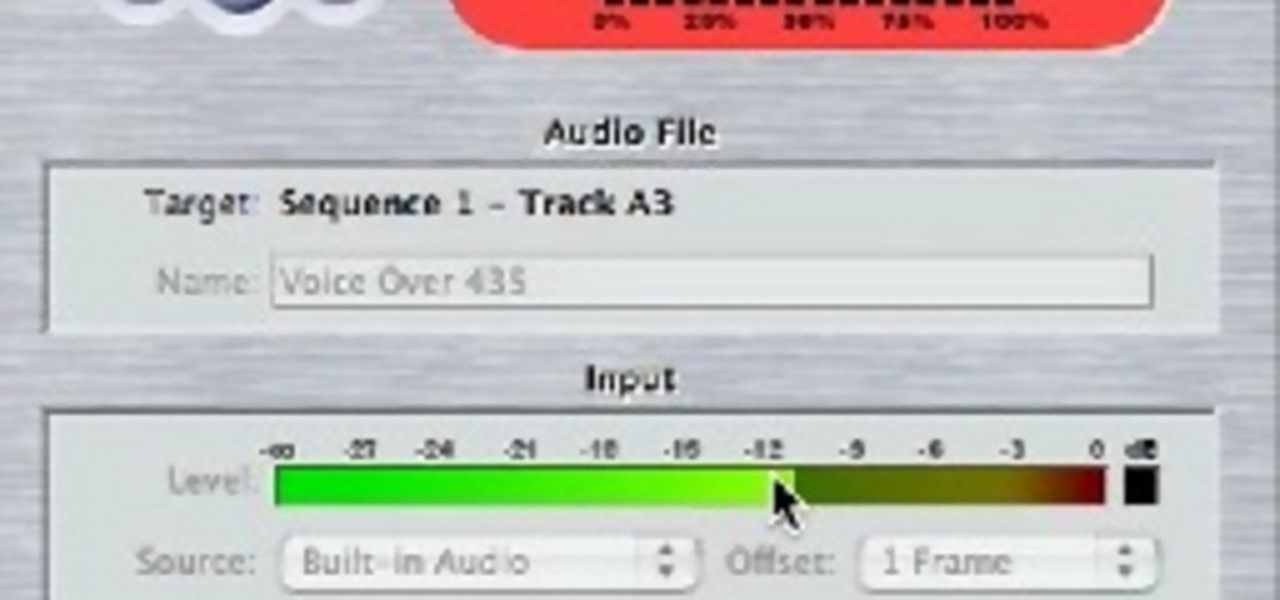
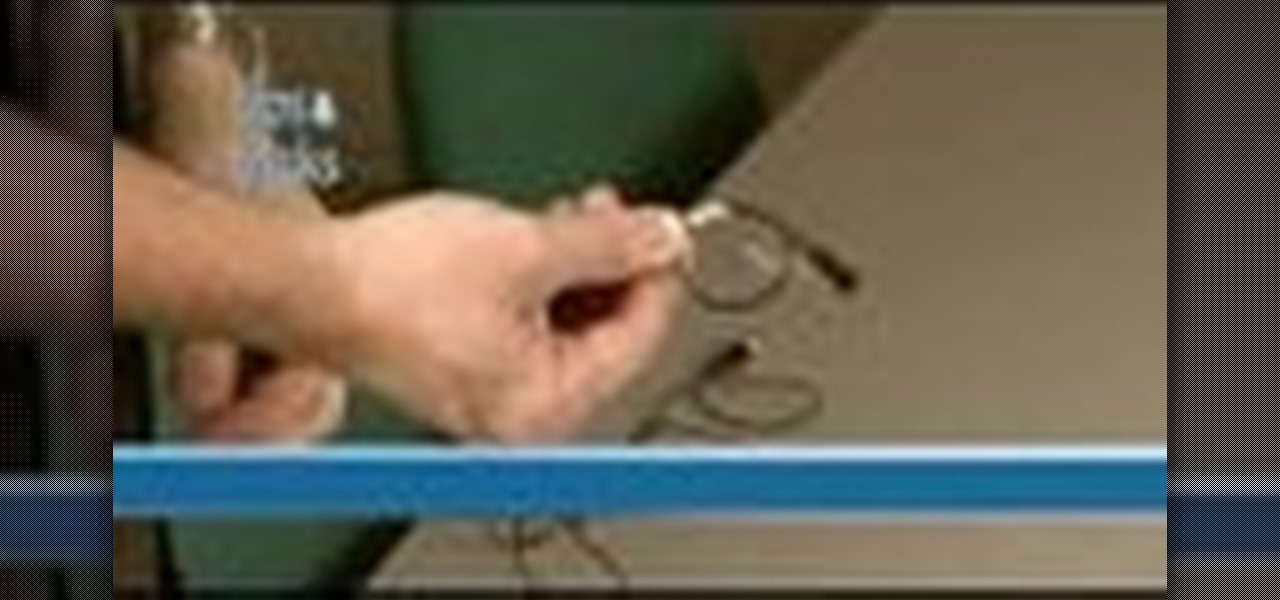
How To: Hide a Lav Mic
The only way to get great sound is to get the microphone as close to the talent as possible. This video tutorial will discuss the dark art of hiding a microphone in someone's clothing or elsewhere. These tips will help you keep your mics hidden and heard.
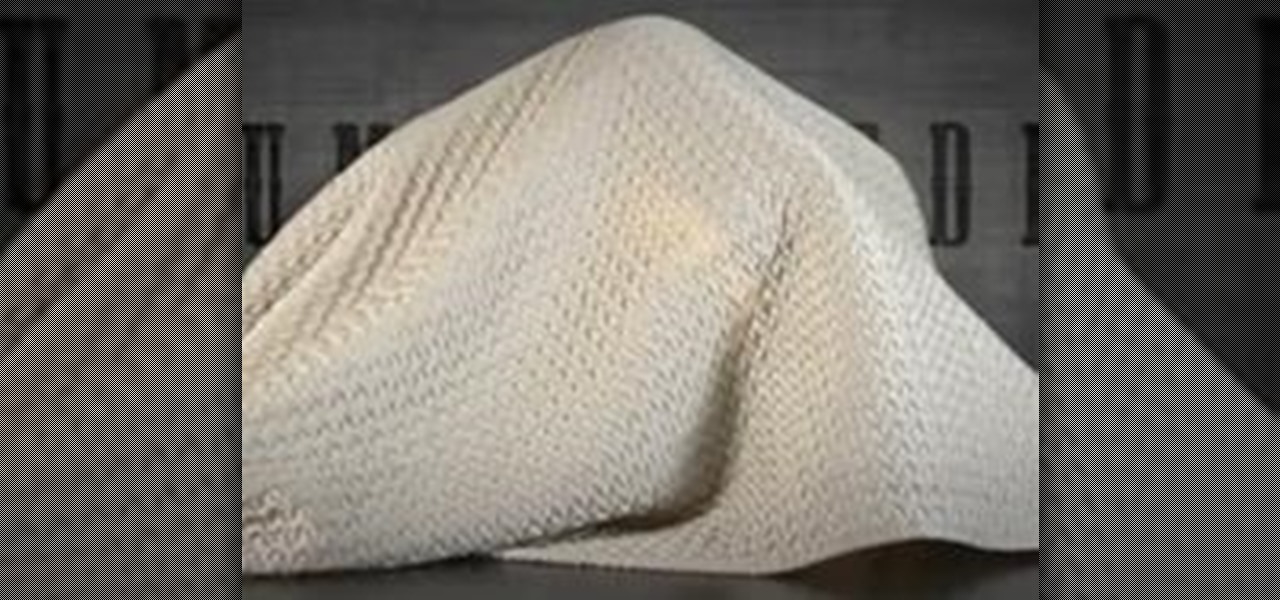
How To: Record Great Voice-over Dialogue with an iPhone
Sound production doesn't get any cheaper than this. If you need some quick, professional-sounding voice-over dialogue for a student film or YouTube project, then all you need is an iPhone, an app called VoiceRecord and an ordinary blanket to block the background noise.

How To: Manipulate the audio clips in Final Cut Pro using keyframes
This tutorial covers the basics of manipulating audio in Final Cut Pro by using keyframes. Add fade outs, fade ins, adjust the volume up or down, and even edit out the sounds of breathing or other small flaws in sound.
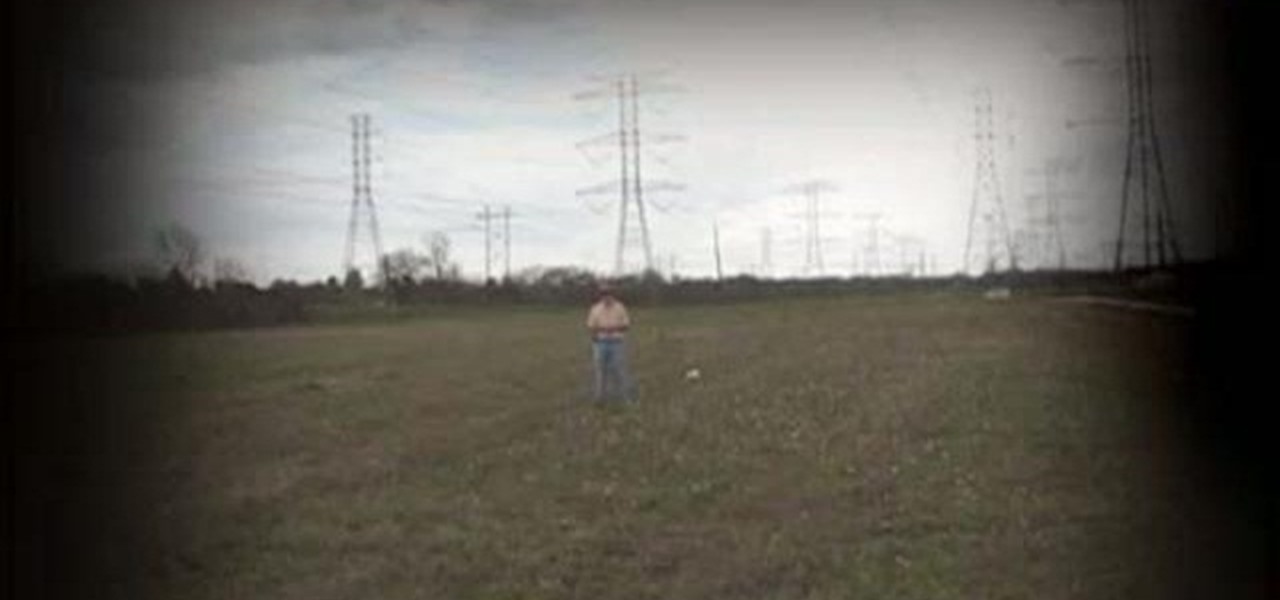
How To: Improve the sound for your low budget movies without a wireless mic
Don't have a wireless mic or a boom mic? Still want to improve the audio quality of your films? All you need is an inexpensive mp3 recorder, which you can easily tape underneath your clothes, or wherever else you need it to be.

How To: Choose the right mic to use with your digital camera
The mic you use will affect the quality and sound of the audio for your digital film project. The in-camera mic is usually not enough, so you'll need to buy some extras. But which ones are the best, and how to use them?
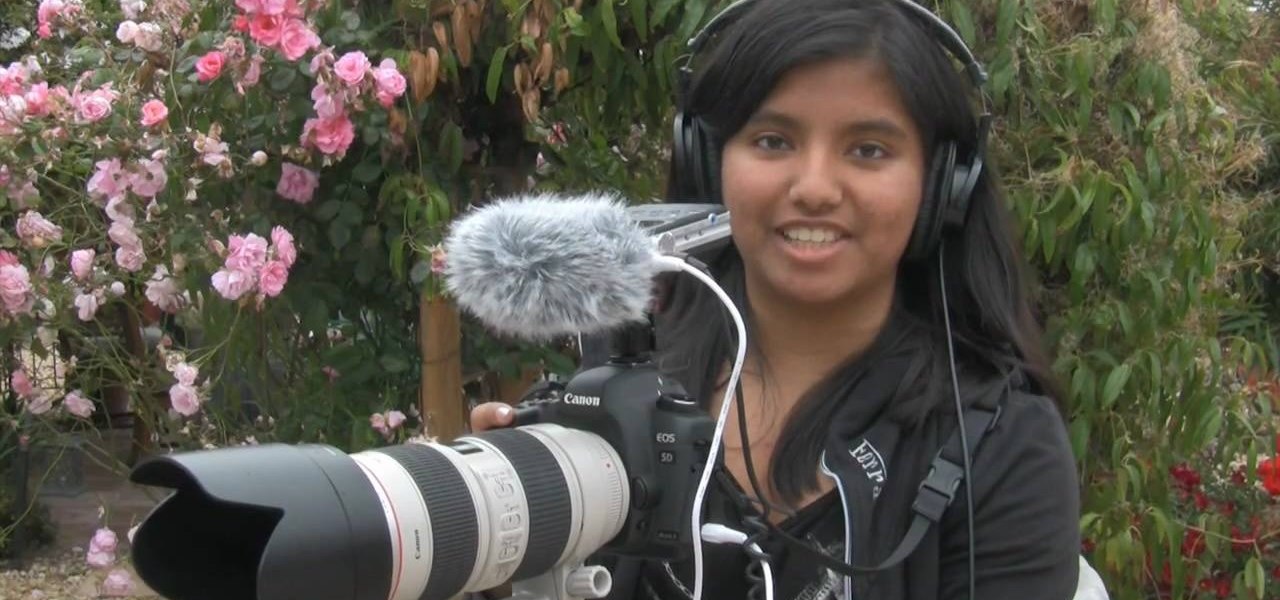
How To: Get high-quality sound on the Canon 5D with a recorder and passive attenuator
The Canon 5D is a wonderful camera for shooting HD video footage, but one thing it isn't great at— sound. In order to get great quality audio, you're going to have to use an external sound recorder. If you want professional grade sound, you have to use professional equipment. You need to make sure your sound recorder has a sampling rate of 96 KHz at 16 bit resolution or better.

How To: Improve sound for digital home movies
When you film at home with just a regular camera using the built-in microphone, the quality can be bad to worse at best. If you are looking to improve the sound the best that you can with low budget solutions, check out this video. You will get tips on how to secure your locations and also how to monitor the sound going into your camera.
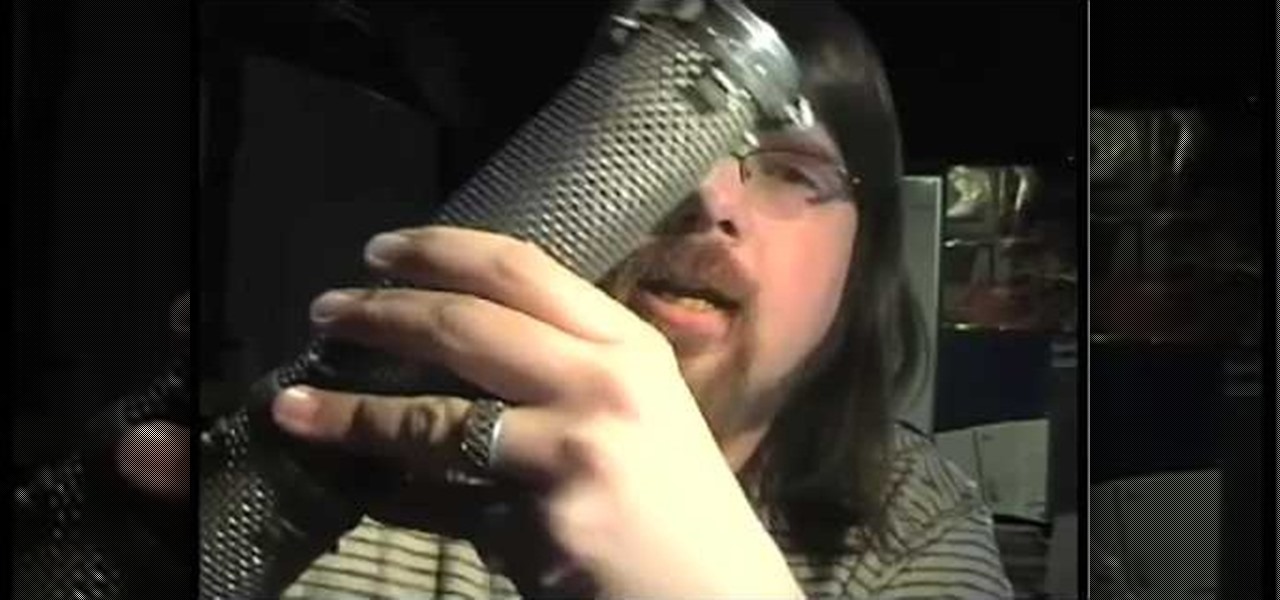
How To: Make your own microphone blimp
In this tutorial, we learn how to make a microphone blimp. You will first need a shotgun microphone and a power module that attaches to the microphone. There will be low roll off switch on the bottom which is supposed to help with wind noise. Next you will need to build a blimp with a filter you can purchase from a farm supply store. Apply a steel reinforced putty to one side of it, and this will be your end cap. Place your microphone through this and then your microphone will become complete...
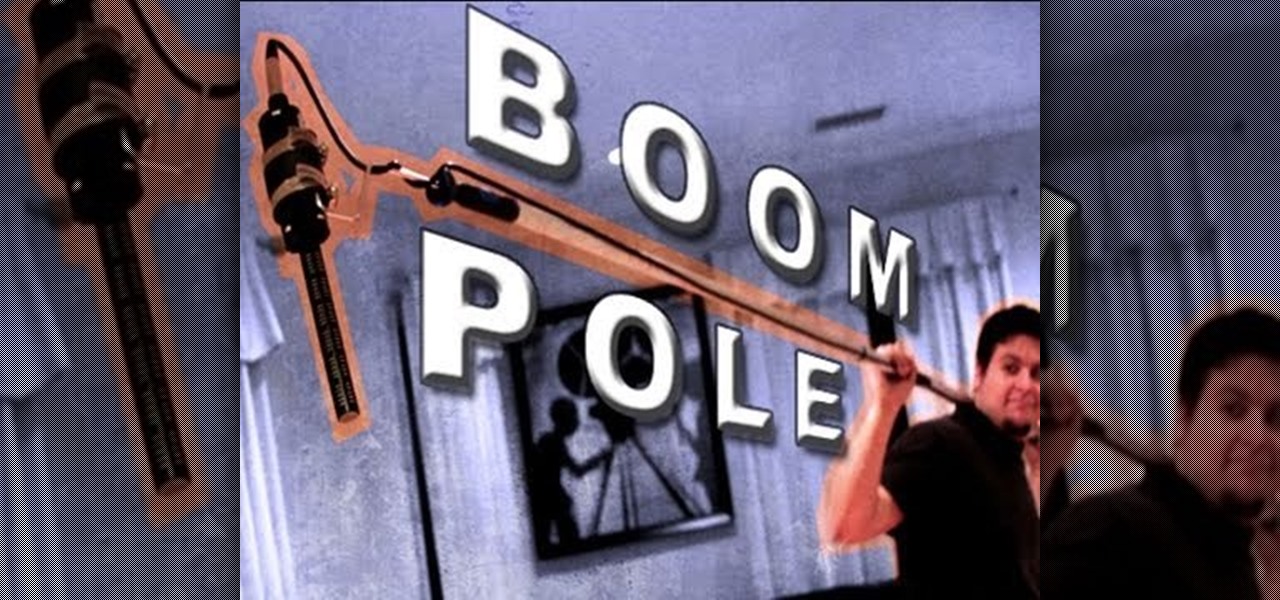
How To: Make your own Boom Pole for recording sound in your film
Silent films went out of style just as soon as it became possible to give a film a soundtrack. This Indy Mogul Backyard FX video will show you, for only forty dollars, you can make your own Boom Pole for rigging a mic to capture sound.

How To: Make a microphone boom at home
You can make an inexpensive and effective microphone boom pole just by using a extensible paint roller handle. Add a few modifications (all you'll need is a few pieces of basic hardware), and you will have your own DiY microphone boom.
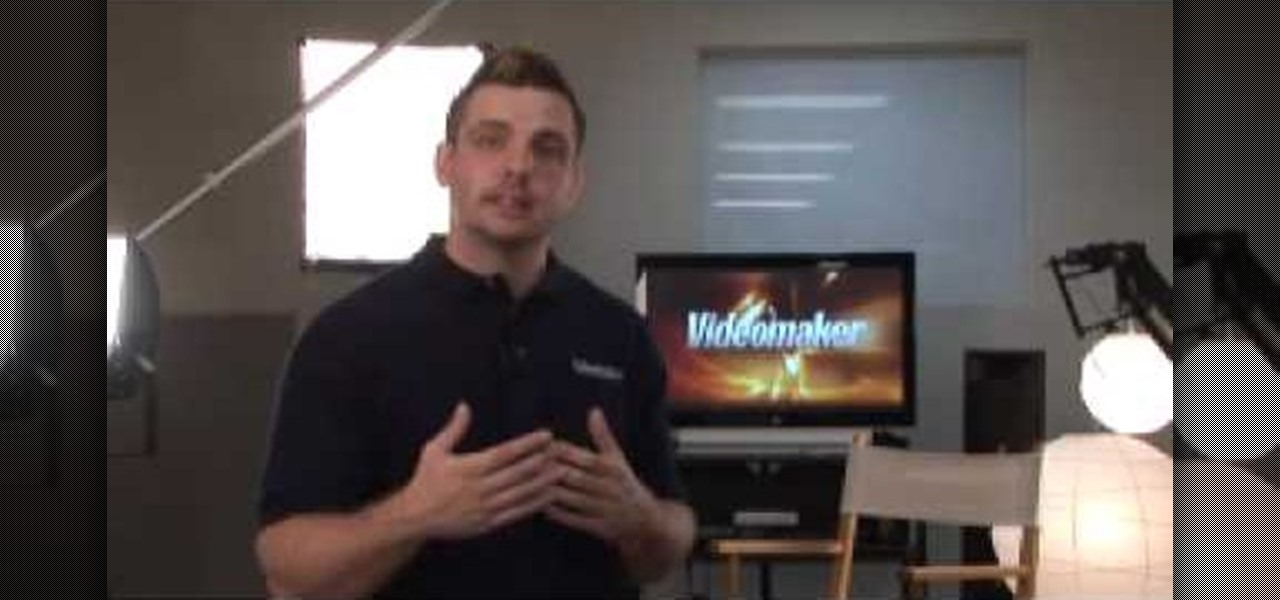
How To: Capture audio when shooting video
In this tutorial, we learn how to capture audio when shooting video. First, you will need to choose the location and survey the environment. Make sure you can control the noise outside. You will also need to close the gap between what you are recording and where the microphone is at. The closer you are to the camera, the better audio you will get. You also need to choose a great microphone for your camera. You can use a large microphone on top of your camera or have one that goes overhead and...
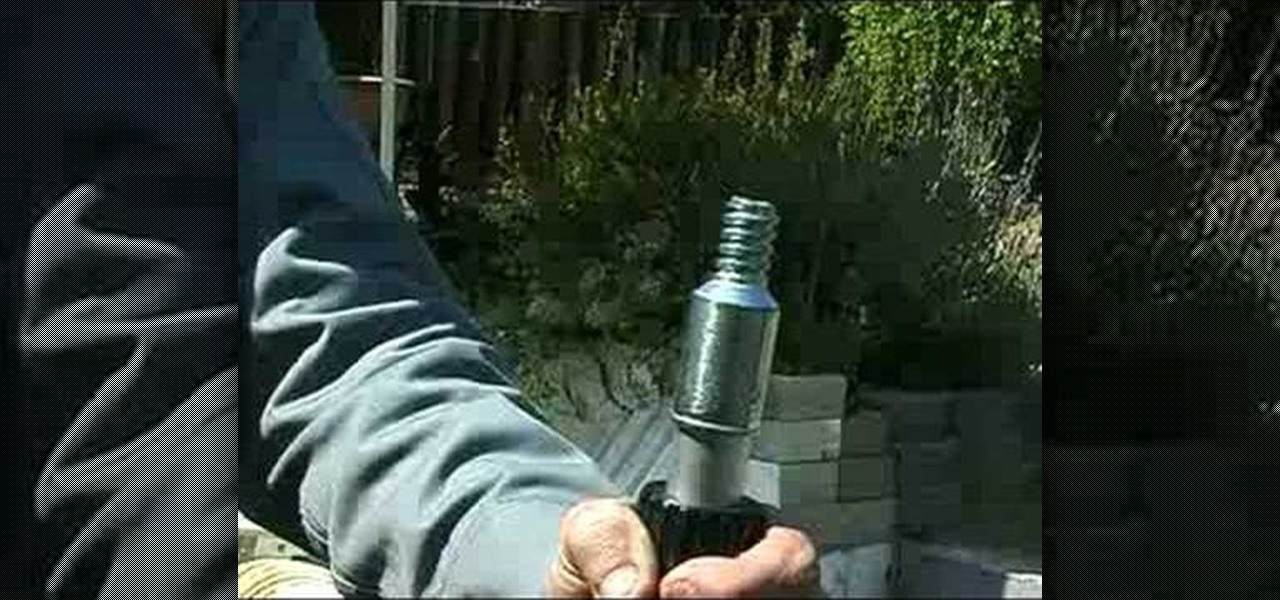
How To: Build your own functional boom microphone
Joe Richardson, Five Sprockets consultant, demonstrates how to build your own functional boom microphone. First, if you don't already have one, get a microphone from your local electronics store. Then, pick up a mic holder. Next, you'll also need a telescoping pole like a painter's pole. You'll also need zip ties and metal bonding glue. A piece of fake fur from a fabric store will act as a wind sock to cut down on noise. Attach the mic head to the painter's pole with the metal bonding glue. N...

How To: Keep a mic stand neat and safe
Keep your sound and electronics gear in order! Safety and neatness are everything. Check out this video tutorial from the Good Idea Guys at Good Buy Guys to learn how to keep a mic stand neat and safe. Mic Stand Mike demonstrates how to keep your microphone stands and cables neat and organized on stage. A great helpful tip for cable safety.

How To: Tape down a cable correctly
Make sure your electronics gear stays in order! And make sure your running wires are safe. Check out this video tutorial from the Good Idea Guys at Good Buy Guys to learn how to tape down a cable correctly. Keep those microphone cables, audio cables, and extension cords secure and safely underfoot. Tape Tex shows you how in "How to Tape Down a Cable". A great helpful tip for cable safety.

How To: Coil a cable correctly
Get your electronics gear in order! Keep those wires folded correctly, for easy use later. Check out this video tutorial from the Good Idea Guys at Good Buy Guys to learn how to coil a cable correctly. Extension Cord Elmo shows the correct way to keep your microphone cables, audio cables, and extension cords neatly coiled in "How to Coil a Cable". A great helpful tip for cable storage.

How To: Improve your moviemaking music and sound skills
If you need a little advice about film sound and music, these tips should help you out. Find out a good place got get royalty free music to add to your low-budget film and see when not to use music with vocals. Watch this video tutorial to learn how to improve your moviemaking music and sound skills.

How To: Record sound properly with the right microphone
Rajo from the SubStream's "Film Lab" has some tips regarding sound recording. Not all microphones are created equal... some are small, some are big, but all have their advantages. Depending on the scenario, of course. There's the lavalier mic, and the handheld, and the shotgun mic. See how to record sound properly with the right microphone. Record sound properly with the right microphone.

How To: Record proper sound levels on a digital camcorder
Rajo from the SubStream's "Film Lab" has some tips regarding sound recording. Learn to set the sound levels in your camera properly. Learn that your 'dynamic range' has nothing to do with how quickly the post-coffee you goes from excitable to annoying. Record proper sound levels on a digital camcorder.
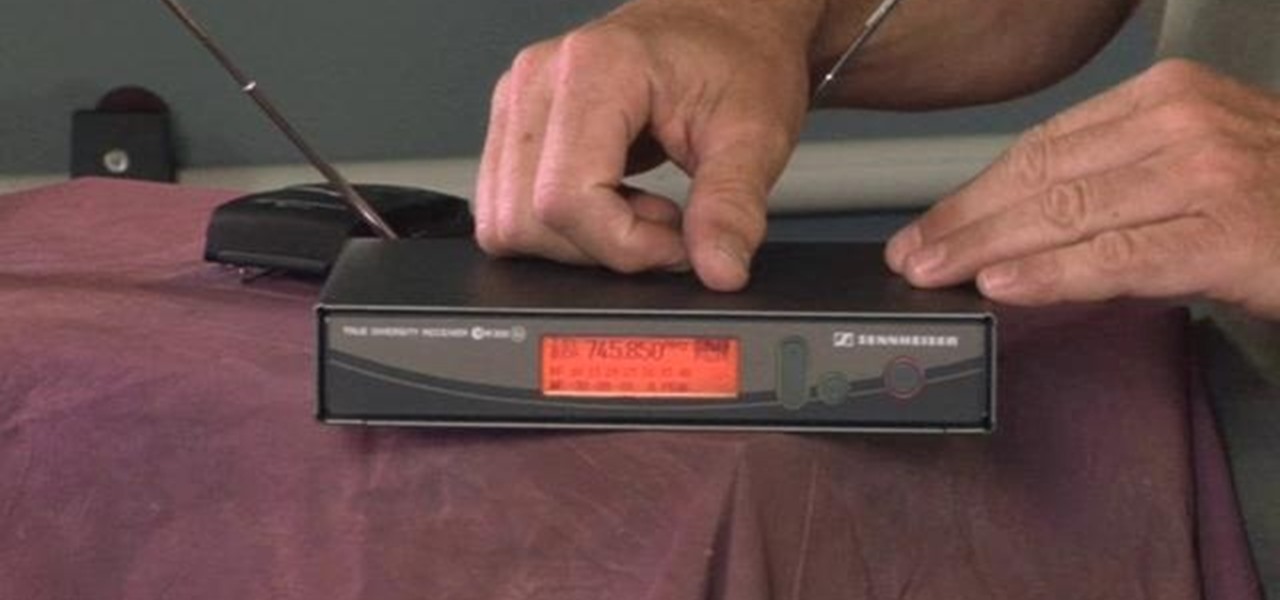
How To: Set up a wireless microphone for sound recording
Check out this film and theater video tutorial on how to set up a wireless microphone for sound recording.

How To: Add sound effects to a filmed neck snapping
See how to snap a person's neck for a film effect, complete with sound. This requires just two easy steps. First, get some peanuts. Second, synchronize the head movement to you crushing the peanuts into the microphone. Snapping a neck on camera is nothing as long as you have those peanuts and are careful... very, very careful not to snap the neck for real. This neck snapping is a great cinematic trick for the seasoned amateur filmmaker.
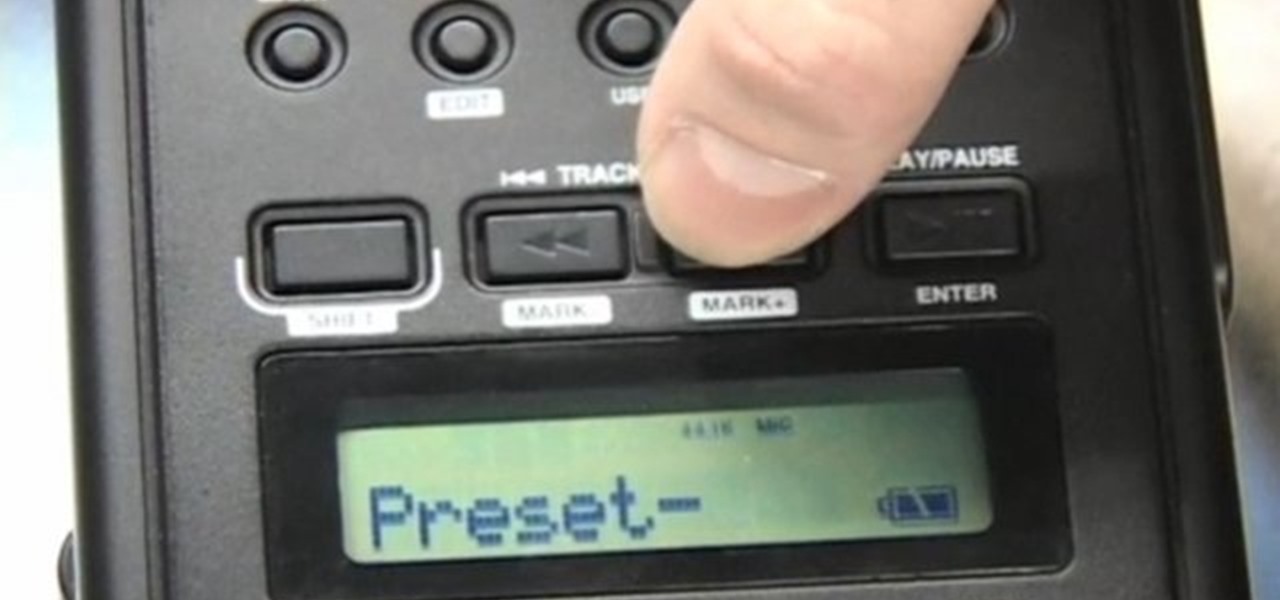
How To: Use a Marantz digital audio recorder
Check out this video tutorial to show you how to use a Marantz digital audio recorder. This video was made by the equipment room at CUNY Journalism School in New York.

How To: Find sound effects on the Internet for your film
If you need some sound effects for your upcoming film, you better watch this video! After principle photography in production, you have to get into the editing process in post-porduction, which leads to sound department for ADR, Foley, Sound Effects and Sound Design. If you can't afford a professional sound designer for your movie, you can do it yourself, and this video will help you find sound effects on the Internet for your film.

How To: Record audio/sound for your first movie
You may be tempted to skimp on audio quality in your first movie. Don’t—a single garbled conversation can drive an audience to the exits. Learn how to record perfect audio with this filmmaking tutorial for first timers.
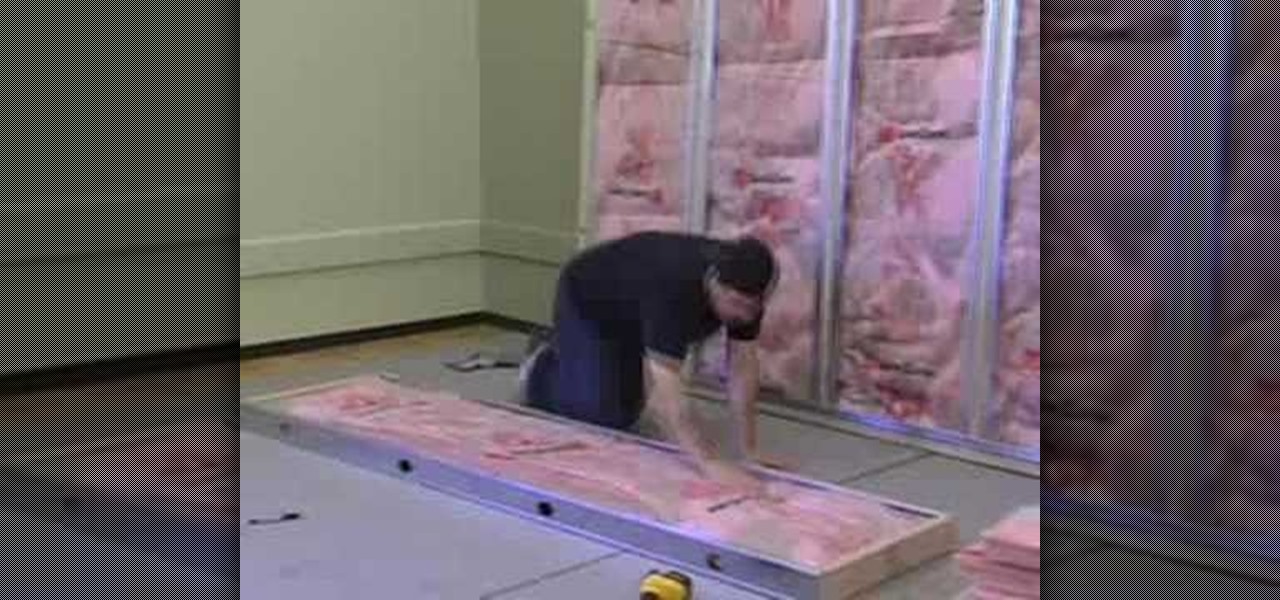
How To: Build a bass or sound trap
Halfed Ass Construction presents how to build a Bass / Sound trap in this home audio tutorial. This how-to video goes over the step by step instructions for how to build a frame, the materials needed the process of building the bass or sound trap. A bass trap acoustic panel will help capture low frequency sounds specifically, but will improve the sound quality of all levels. Turn your home into a sound studio or set on a budget. Watch this video tutorial and learn how to build a bass or sound...
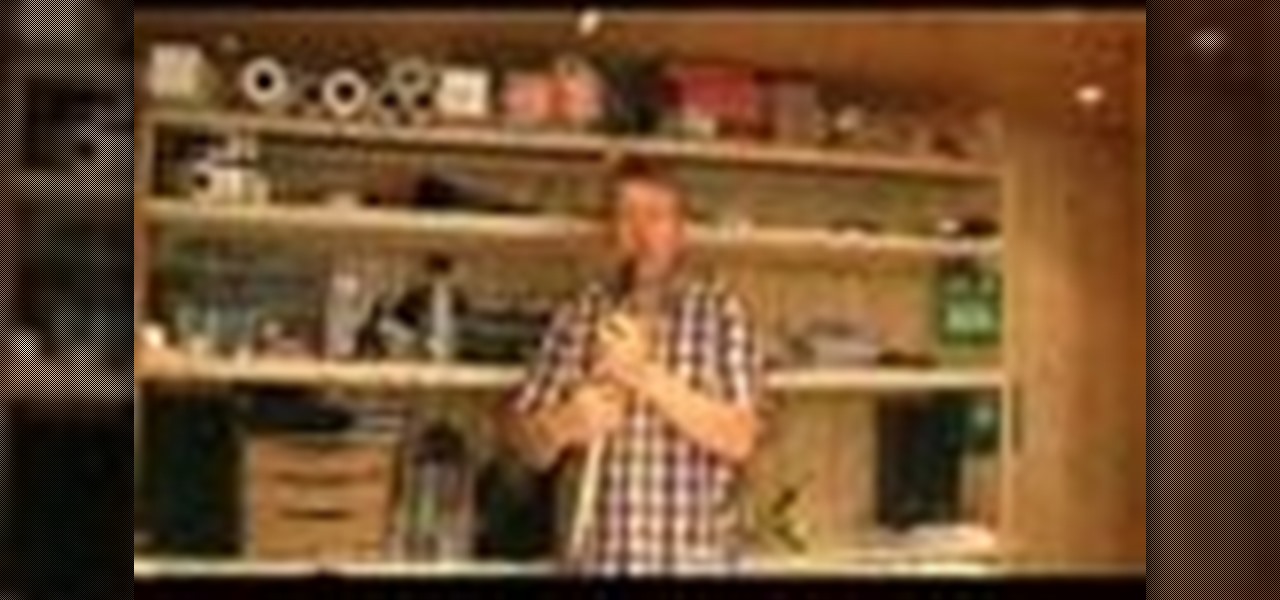
How To: Make a boom pole on a low budget
Need a boom pole for your project? Take a look at this instruction video and learn how to build your own boom pole on a low budget. The relative cost of all these materials to construct the boom pole is approximately fifteen pounds.
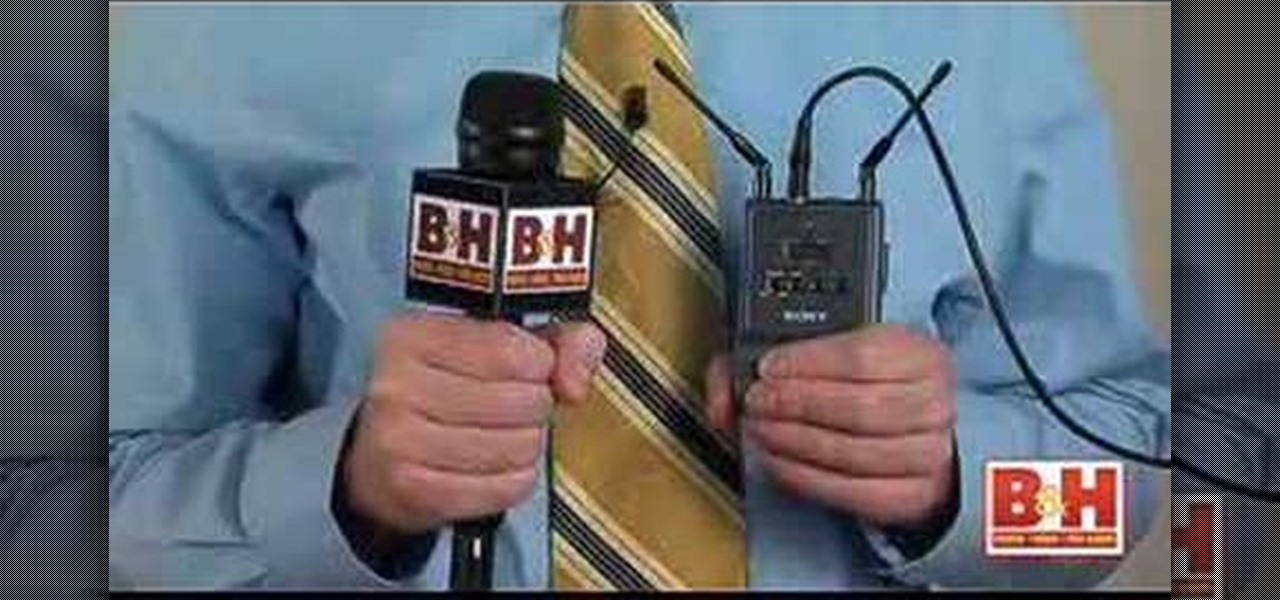
How To: Improve the sound of your digital camcorder
This video shows you how to upgrade your consumer camcorder sound capabilities using a camcorder XLR adapter, a simple device that mounts to the bottom of the camera. It then tests and compares the various types of microphones that can be attached, including the lavalier, sennheiser, handheld interview, and the wireless clip-on microphone. WAtch this helpful instructional video, and boost the sound on your camcorder for professional audio.

How To: Choose a lavalier microphone to produce videos
Bill Myer compares four different lavalier microphones for use in producing videos: Sony ECM 55, Sony ECM 66, and Radio Shack lavalier microphones.
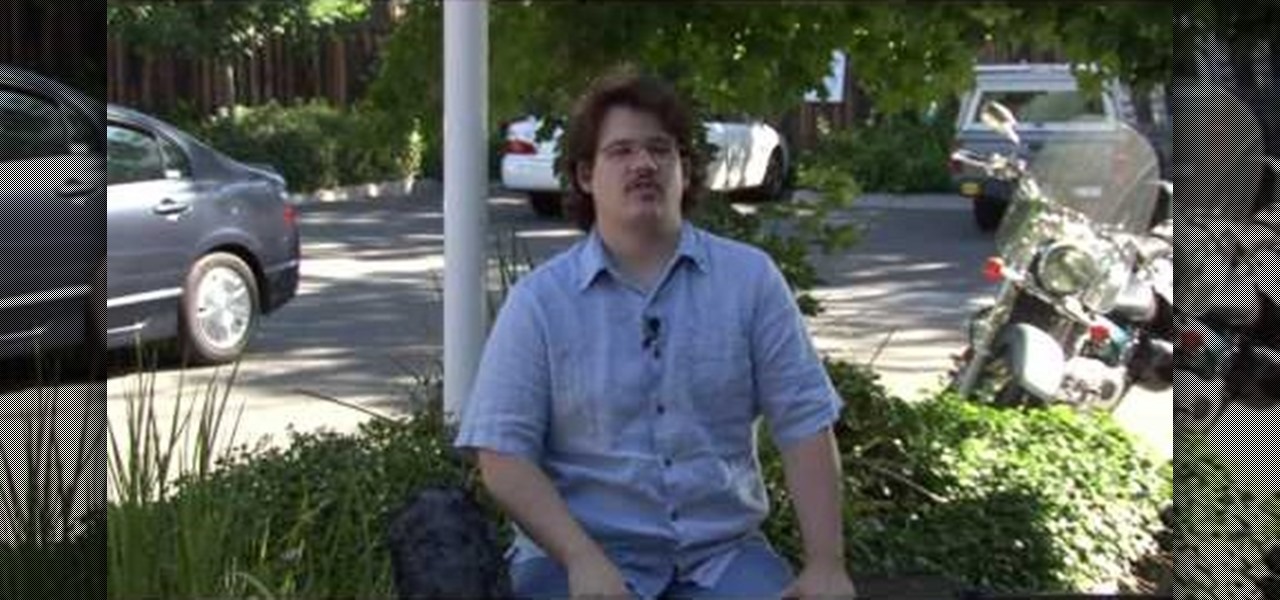
How To: Properly use Boom Mics for film making
It's not a dead cat on a pole, it's a boom microphone. The primary component is the boom pole, which is attached to the microphone. This sound and film making video tutorial will teach you to properly use a boom mic as well as support a boom pole.
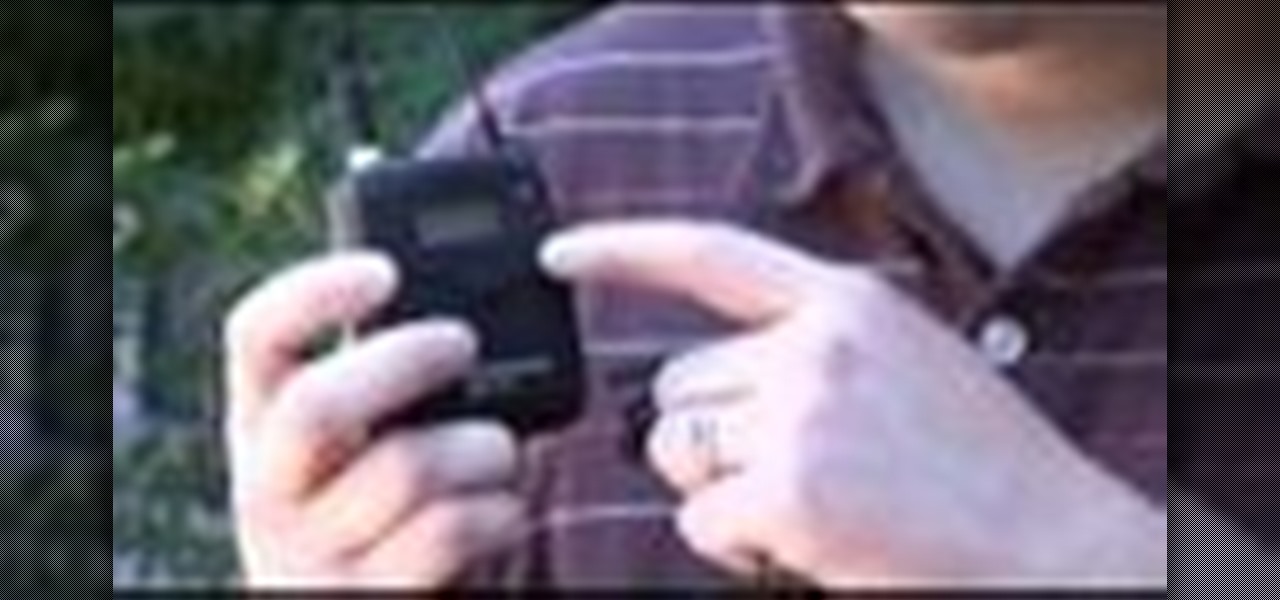
How To: Properly use wireless microphones
One of the best tools for audio systems is a wireless microphone. This video will give you tips on how to use a wireless microphone if you're shooting on the move, or if you're a one man band type producer.

How To: Use a Field Mixer for film making
This video will give you tips and tricks on how to use a field audio mixer for your home movies and amateur films.

How To: Record foley sound basics
This video covers the basics of recording Foley sound. Foley was a sound technician at Universal studios who invented a new sound effect method. This video will teach you how to use his method to get great sound effects.

How To: Record good interview audio
This sound video demonstrates some techniques for getting good sound during an interview. It covers various types of mics and what you can use them for. Pretty soon, you'll be rigging up interview audio for important shows like Oprah or Good Morning America!

How To: Record Outdoor Audio
Sometimes, we need to record outdoors for our film making. Perhaps we need an audio clip of a babbling brook, or perhaps just ambient noise. This instructional filmmaking video covers some tips for capturing good sound when shooting outdoors.

How To: Make 3D models and monster sounds
Ian and Blake share with us their awesome tutorials for making 3D Models and crazy Monster noises.

How To: Use a mixing board in studio audio
For the novice studio engineer this is a how to use a mixing board and what a compressor does.

How To: Get better voice overs for your amateur film making
If you plan to do a voice-over on a video, there are a few ways to get that big studio sound in your amateur film without the big studio usage fees. This episode of Jim Shorts gives you a look inside Jim Shorts, at how I do some voice-over work, and how you can do the same thing for next to nothing.

How To: Obtain free and legal music for your amateur filming
Several great YouTubers have had their accounts suspended for illegally using copyrighted music from those easily agitated big record labels. This episode of Jim Shorts covers places you can go to find awesome music for your videos that won't end your YouTube career.

How To: Use voice-overs in your video project
Contrary to some screenwriting gurus, voice-over can be a handy narrative device. By speaking directly to the audience, rather than dramatizing, voice-over cuts through the running time. It can also cut down on resources. Just don't overdo it. Over-baked voice-overs sidestep drama, and leave little to interpretation. Imagine if everything were explained to you secondhand, rather than witnessing it yourself.

How To: Create zero budget horror sound effects
Ben and Paul show how the addition of horror sound effects can make an otherwise normal scene utterly creepy...

How To: Create a zero budget sound dubbing studio
Too many zero budget films suffer from poor sound quality, so here's a way to dub your films on the cheap, with a studio-in-a-box! You're voice-overs will shine like no other.



